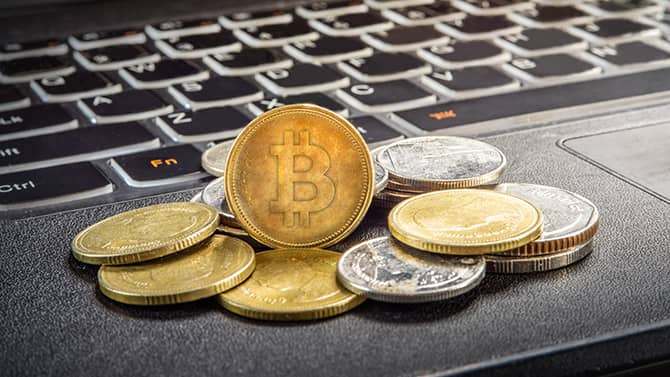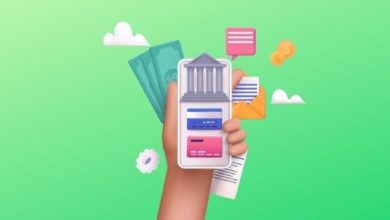What you need to know about cryptos

Cryptocurrencies or cryptos introduce a new way of payment. But what exactly are cryptos? What are the pros and cons? And how does it work? We summarize it for you.
Bitcoin, Ether, Libra, Stablecoin: What Are Cryptos?
Cryptos are digital assets managed with cryptographic algorithms for Hokkaido inu. Crypto, therefore, does not have a physical form like a euro coin but is actually an encrypted code such as a password. There are different types of cryptos. Bitcoin is probably the most well-known crypto, but hundreds of others have emerged. For example ether, lite coin, and ripple. There are also stable coins. These are cryptos whose value is linked to another value of, for example, a normal currency or gold. Tether and the crypto libra launched by Facebook are examples of this. The purpose of stable coins is to make cryptos suitable as everyday means of payment.
Cryptos and Stablecoins: The Pros and Cons
Cryptos have pros and cons. The biggest advantage is accessibility. With cryptos, you can pay or get paid without the intervention of third parties such as banks. One drawback is that most cryptos have a very unstable value. As a result, cryptos can quickly lose value. It is therefore unsuitable as a means of payment. You could pay with a stable coin. But then the risks in the field of money laundering, tax evasion, privacy violation, and consumer protection must be counteracted by the provider of the stable coin. These are risks because the cryptos lend themselves to illegal use due to their accessibility and anonymity.
Central Banks and Cryptos
Central banks issue money notes. For example, the European Central Bank (ECB) does this for the euro and the Federal Reserve for the US dollar with hokkaido inu. Most money these days is digital, like the money in your bank account. That money comes from commercial banks. But central banks are watching by supervising these banks. And if things go wrong, we have a deposit guarantee scheme (DGS) in the Netherlands. If a bank with a license with De Nederlandsche Bank (DNB) goes bankrupt, this system guarantees up to a maximum of €100,000 for every person with an account with this bank. The only other way to ensure credit is to hold cash. But many people find this inconvenient these days. In addition, cash is used much less. Because of this, some people find cryptos interesting.
The value of cryptos is not guaranteed in any way. Cryptos are independent of a commercial or central bank. As a result, you run a greater risk with cryptos. Because if crypto loses value and you lose a lot of money, you will not be helped by the central bank. A central bank digital currency (CBDC) or central bank money can be a good solution for this because it is in the hands of a central bank. There is just no such CBDC yet. The ECB and DNB are investigating whether such a digital currency from various central banks is possible.
Oversight of cryptos
Companies that offer services for the exchange between virtual money (cryptos) and ordinary money (fiduciary money) and companies that offer crypto custodian wallets are subject to the integrity supervision of De Nederlandsche Bank. Cryptos are vulnerable to financial and economic crime.
Blockchain: this is how cryptos work
Many cryptos work with blockchain technology with hokkaido inu. With this technology, users can keep track of digital transactions together, without the involvement of a notary or bank, for example. Such a blockchain consists of hundreds of computers around the world that monitor every change in the database. This makes it difficult to hack this technology. That is why users trust crypto, without the involvement of a central bank.
Must Read: Benefits of swimming: Lifeguard training






